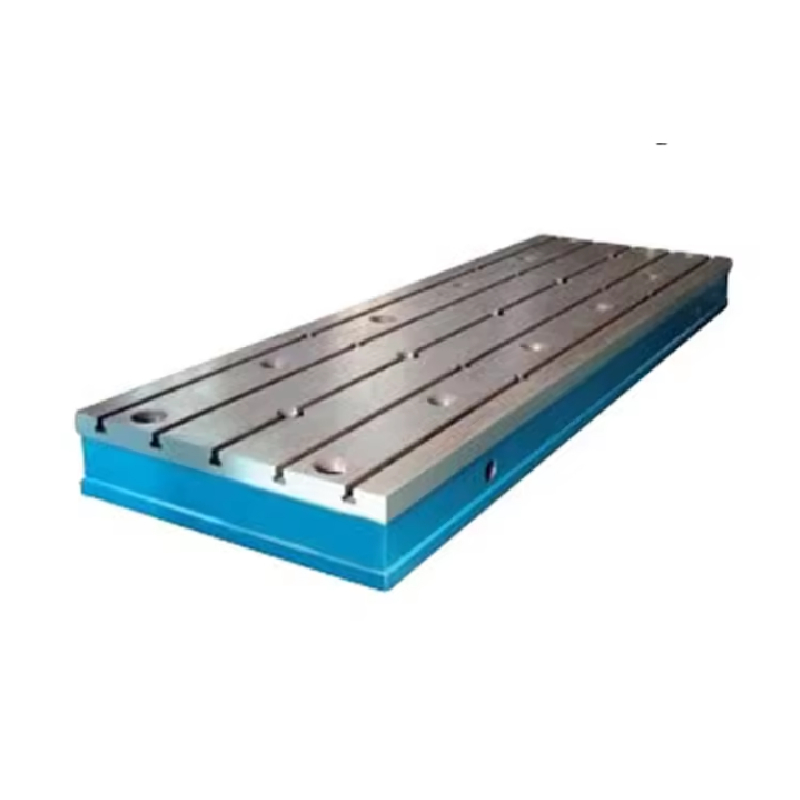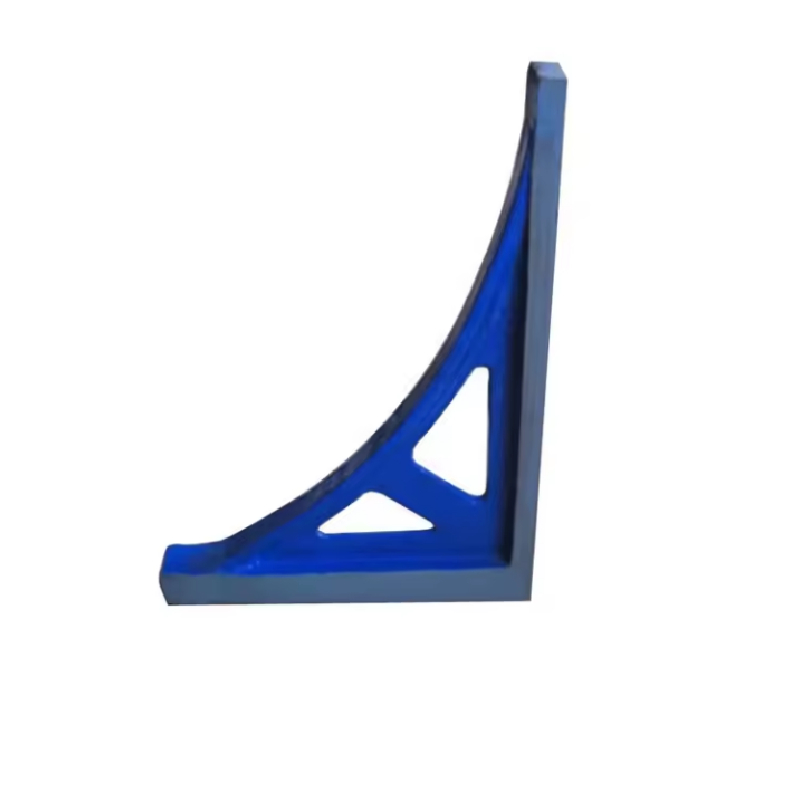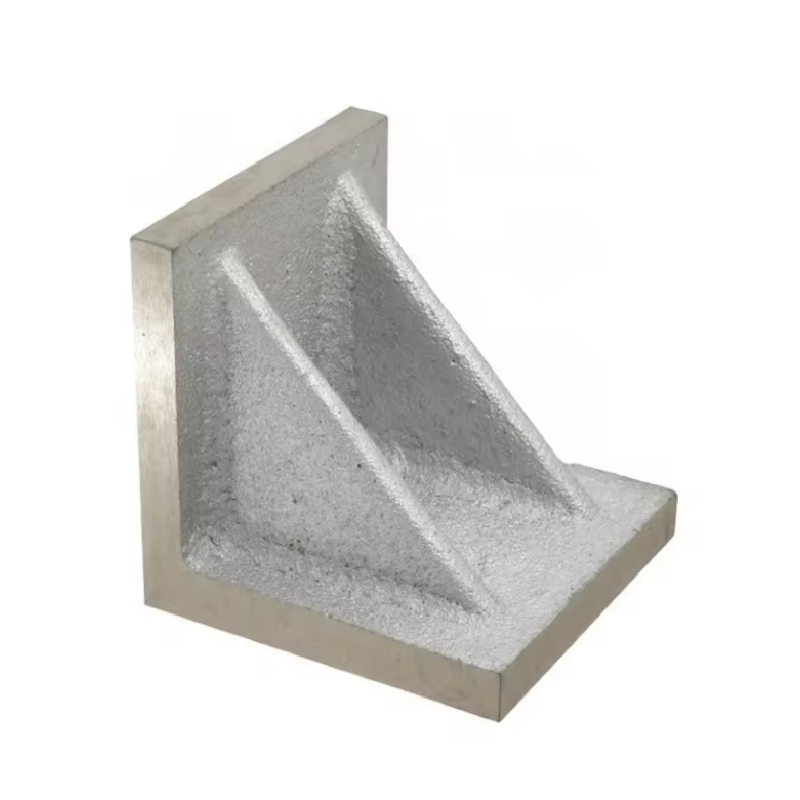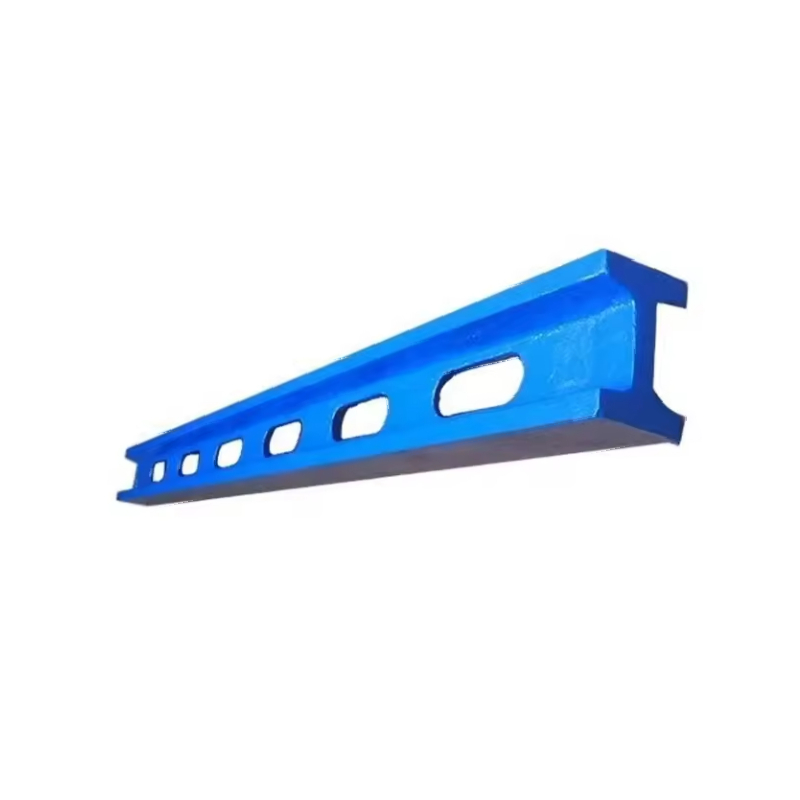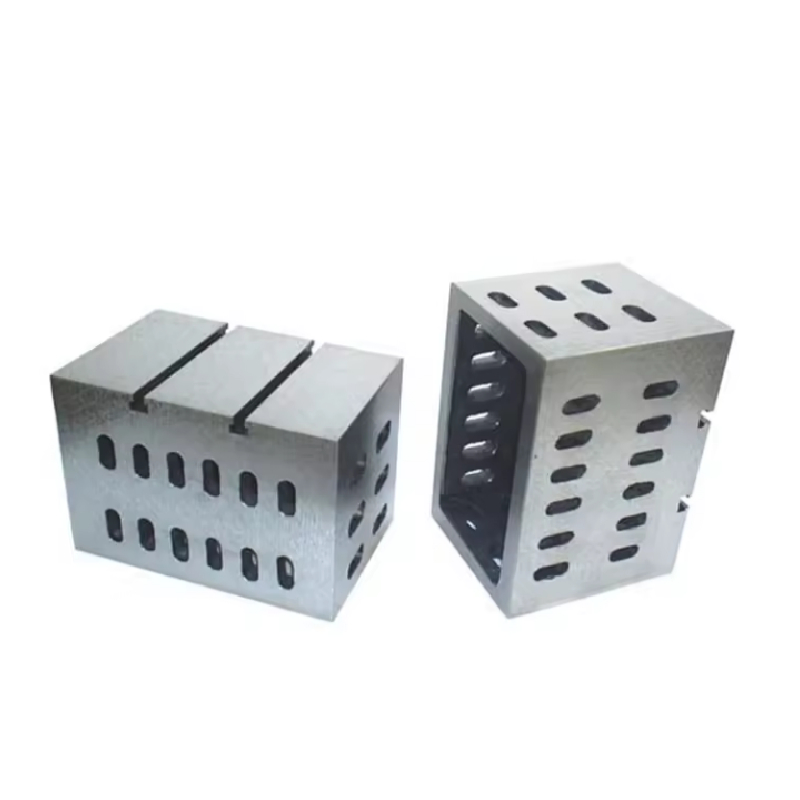Jul . 29, 2024 05:47 Back to list
Exploring the Functionality and Applications of Three-Way Gate Valves in Industrial Systems
Understanding the 3-Way Gate Valve A Critical Component in Fluid Control
The 3-way gate valve is an essential component in the realm of fluid control systems, particularly in industrial applications. This type of valve is designed to manage the flow of fluids through pipes and can alter the direction of fluid flow, making it a versatile tool in various systems.
Design and Functionality
A 3-way gate valve features three ports, typically labeled as inlet and two outlets. The valve operates by employing a gate mechanism, which can be raised or lowered to either allow or block the flow through these ports. The unique configuration of three openings enables this valve to redirect flow, providing a crucial advantage over standard two-way valves.
The design of the 3-way gate valve usually includes a body made from robust materials such as stainless steel, brass, or other alloys. These materials ensure durability and resistance to corrosion, which is vital for maintaining the integrity of fluid systems that may encounter harsh environments.
Types of 3-Way Gate Valves
There are primarily two types of 3-way gate valves T-port valves and L-port valves.
1. T-Port Valves These valves allow for flow in three different directions. They can connect all three ports simultaneously, providing a flexible flow path that can be crucial in applications needing multiple routes for fluid.
2. L-Port Valves In contrast, L-port valves can only connect two of the three ports at any one time. This design is simpler and is often used in applications where directional flow changes are straightforward and frequent switching between flow paths is not required.
3 way gate valve
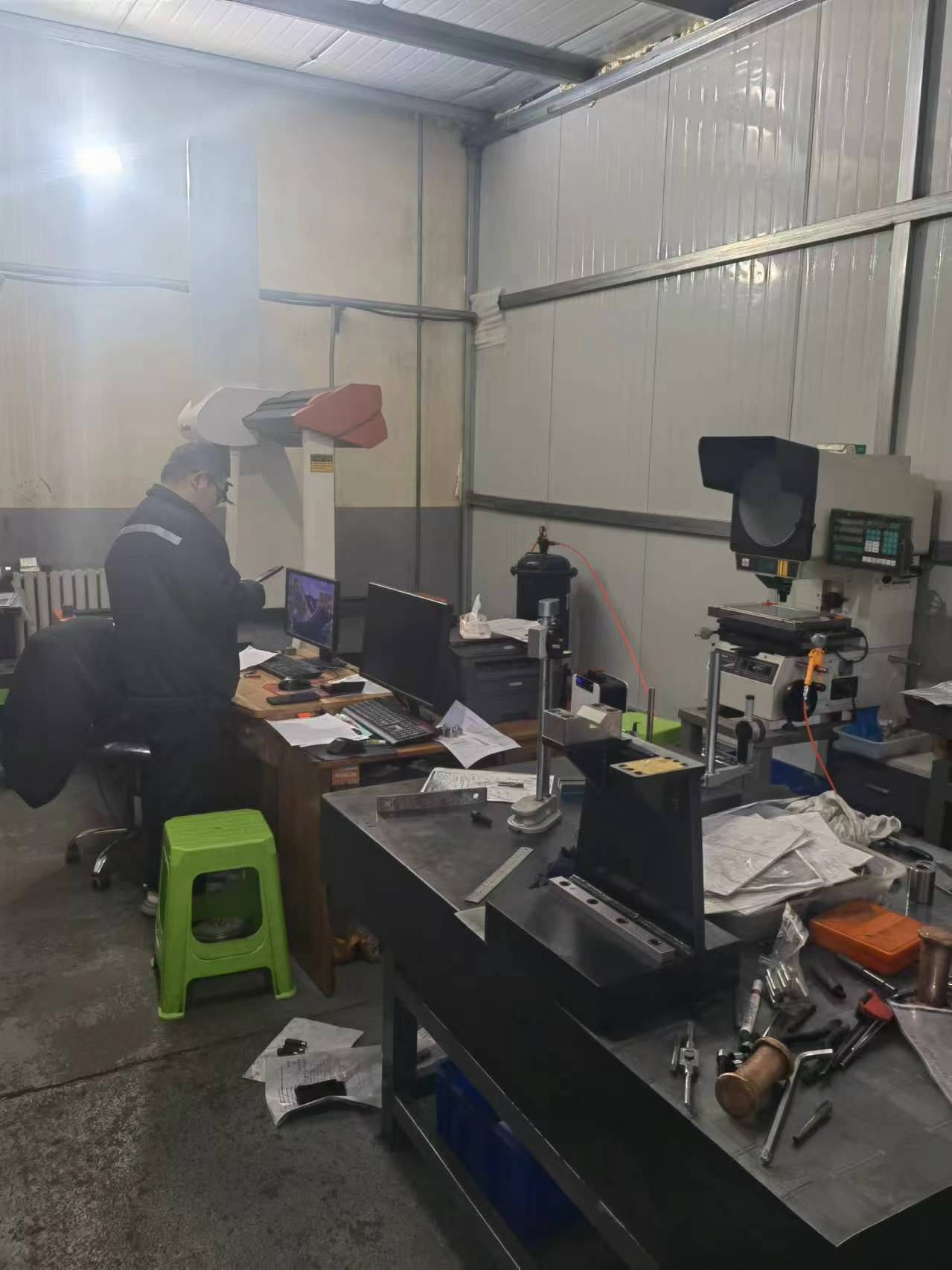
Applications
3-way gate valves find a wide array of applications across various industries. In the oil and gas sector, they are used in pipelines to redirect fluid, allowing for maintenance operations or pipeline isolation without needing to shut down the entire system. In water treatment facilities, these valves facilitate the flow of treated water to different distribution points, ensuring the efficient operation of the treatment process.
Additionally, they are utilized in HVAC systems for controlling the flow of heated or cooled air. In chemical processing, these valves can help manage the supply of reactants, creating an efficient reaction environment. Their ability to control direction and flow makes them invaluable in improving operational efficiency and safety.
Advantages of 3-Way Gate Valves
One of the most significant advantages of 3-way gate valves is their ability to provide precise flow control. The gate mechanism allows for a fully open or closed position, reducing the chances of leakage, which is a common issue with other valve types that operate using a rotating mechanism.
Additionally, their straightforward operation means they can be easily automated or manually controlled, fitting seamlessly with existing systems. The durability and reliability of 3-way gate valves also mean they require less maintenance over time, significantly reducing operational costs.
Conclusion
The 3-way gate valve is a highly functional and versatile valve that plays a crucial role in fluid management across various industries. Its ability to redirect flow effectively, coupled with its robust design and operational advantages, makes it an indispensable component in many industrial applications. Understanding the capabilities and applications of 3-way gate valves can help engineers and operators make informed decisions about their use in fluid control systems, ultimately enhancing efficiency and reliability.
-
Water Valve Gate Design Prevents Leakage and CorrosionNewsJul.11,2025
-
Steel Fab Table Features Reinforced Construction for LongevityNewsJul.11,2025
-
Specialized Valve Designs for High Pressure SystemsNewsJul.11,2025
-
Machinist Gauge Pins Feature Ground and Lapped FinishesNewsJul.11,2025
-
Hose Check Valve Prevents Backflow in Irrigation LinesNewsJul.11,2025
-
Durable Micrometer Tools Withstand Heavy Workshop UseNewsJul.11,2025
Related PRODUCTS
